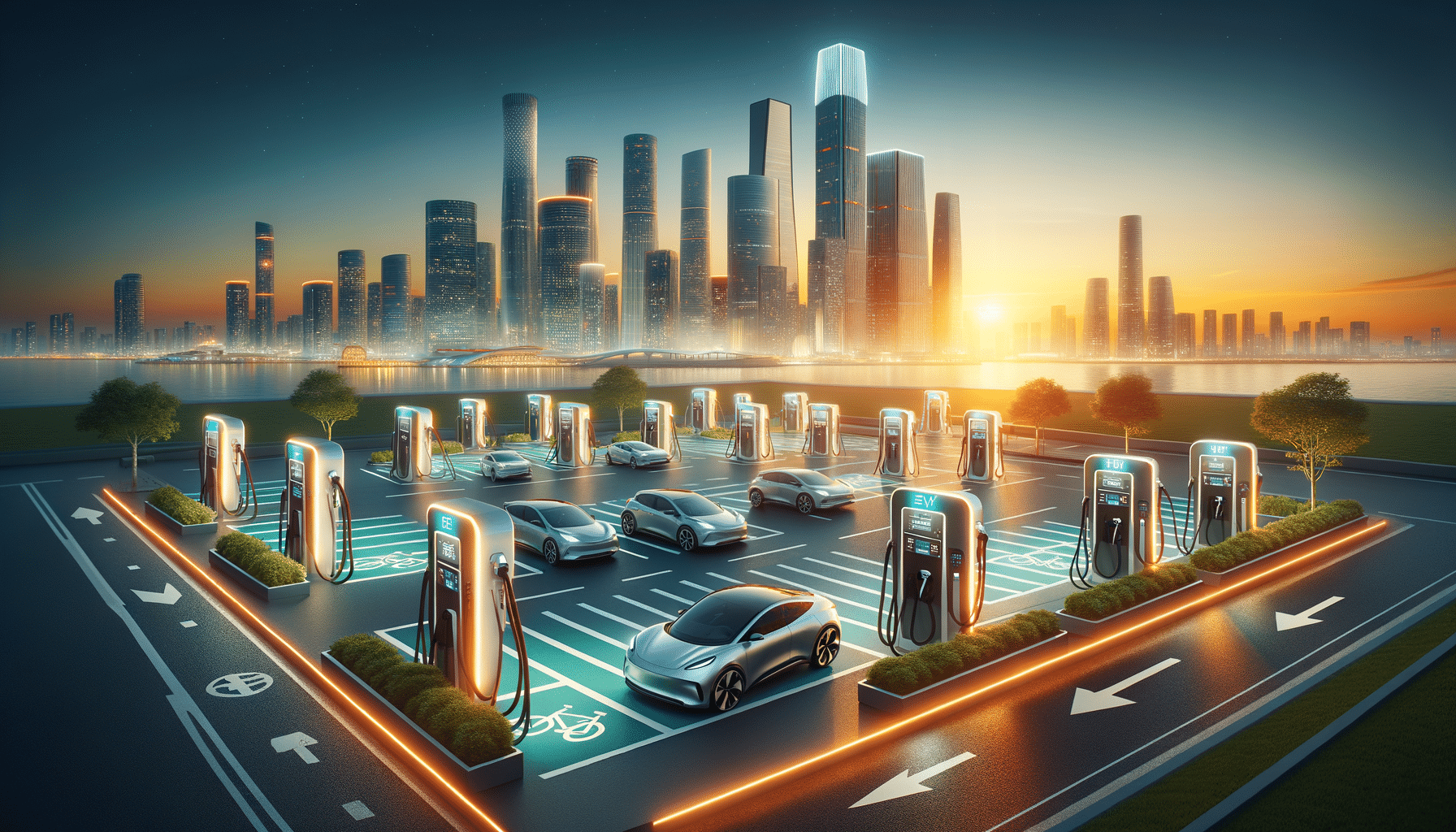
Expanding the Future: The Rise of EV Charging Station Installations
The Growing Importance of EV Charging Stations
Electric vehicles (EVs) are no longer a futuristic concept; they are a significant part of today’s transportation landscape. As the world shifts towards sustainable energy solutions, the demand for electric vehicles has surged, necessitating the expansion of EV charging infrastructure. This service focuses on the installation of electric vehicle charging stations across various locations in the USA, ensuring compliance with local regulations and standards. These installations are crucial for supporting the growing number of EVs on the road, offering convenience and promoting environmental responsibility.
The transition to electric vehicles is driven by several factors, including environmental concerns, government incentives, and advancements in battery technology. As more consumers opt for EVs, the need for accessible and efficient charging stations becomes increasingly critical. Without a robust charging network, the adoption of electric vehicles could be hampered, highlighting the importance of strategic installations.
Moreover, the installation of EV charging stations contributes to reducing the carbon footprint by encouraging the use of clean energy. This shift not only benefits the environment but also aligns with global efforts to combat climate change. As a result, businesses and governments are investing heavily in expanding charging infrastructure, recognizing its role in fostering a sustainable future.
Types of EV Charging Stations
EV charging stations come in various types, each designed to cater to different needs and charging speeds. Understanding these types is essential for both consumers and businesses looking to install or use these facilities.
– **Level 1 Chargers**: These are the most basic type, using a standard 120-volt outlet. They are typically used for home charging and are suitable for overnight charging due to their slower speed.
– **Level 2 Chargers**: Offering faster charging than Level 1, these use a 240-volt outlet and are commonly found in public spaces, homes, and workplaces. They are ideal for daily use and can fully charge a vehicle in a few hours.
– **DC Fast Chargers**: These provide rapid charging, significantly reducing the time needed to charge an EV. They are often located along highways and in urban areas to facilitate long-distance travel.
Each type of charger serves a specific purpose, and the choice depends on factors such as location, budget, and the types of vehicles being serviced. Businesses and municipalities must consider these factors when planning installations to ensure they meet the needs of their users effectively.
Challenges in EV Charging Station Installations
While the expansion of EV charging infrastructure is crucial, it is not without challenges. One of the primary hurdles is the cost associated with installing charging stations. This includes not only the equipment itself but also the necessary upgrades to electrical systems and the cost of labor.
Another challenge is the regulatory landscape. This service focuses on the installation of electric vehicle charging stations across various locations in the USA, ensuring compliance with local regulations and standards. Navigating these regulations can be complex, as they vary by state and municipality. Ensuring compliance requires careful planning and often involves working closely with local authorities.
Additionally, there is the issue of grid capacity. As more charging stations are installed, the demand on the electrical grid increases, necessitating upgrades and enhancements to handle the additional load. This requires collaboration between utility companies and charging station operators to ensure that the infrastructure can support the growing number of EVs.
Benefits of Widespread EV Charging Stations
The benefits of widespread EV charging station installations extend beyond convenience for EV owners. They play a pivotal role in promoting the adoption of electric vehicles by alleviating range anxiety, a common concern among potential EV buyers. Knowing that charging stations are readily available makes the prospect of owning an EV more appealing.
Moreover, the presence of charging stations can boost local economies. As charging stations are often located in retail areas, they can attract EV drivers who may spend time shopping or dining while their vehicles charge. This can lead to increased foot traffic and revenue for local businesses.
From an environmental perspective, EV charging stations contribute to reducing greenhouse gas emissions by supporting the use of electric vehicles, which produce no tailpipe emissions. This aligns with global sustainability goals and helps communities reduce their overall carbon footprint.
The Future of EV Charging Infrastructure
Looking ahead, the future of EV charging infrastructure is poised for significant growth and innovation. As technology advances, we can expect to see improvements in charging speeds and efficiency, making EVs even more convenient for daily use.
Wireless charging technology is also on the horizon, promising to make charging as simple as parking your car. This could revolutionize the way we think about charging infrastructure, making it more integrated into everyday life.
Furthermore, the expansion of EV charging stations will likely continue to be driven by government policies and incentives aimed at reducing carbon emissions and promoting clean energy. This service focuses on the installation of electric vehicle charging stations across various locations in the USA, ensuring compliance with local regulations and standards. As such, businesses and municipalities will need to stay informed about these developments to make strategic decisions about their charging infrastructure.


